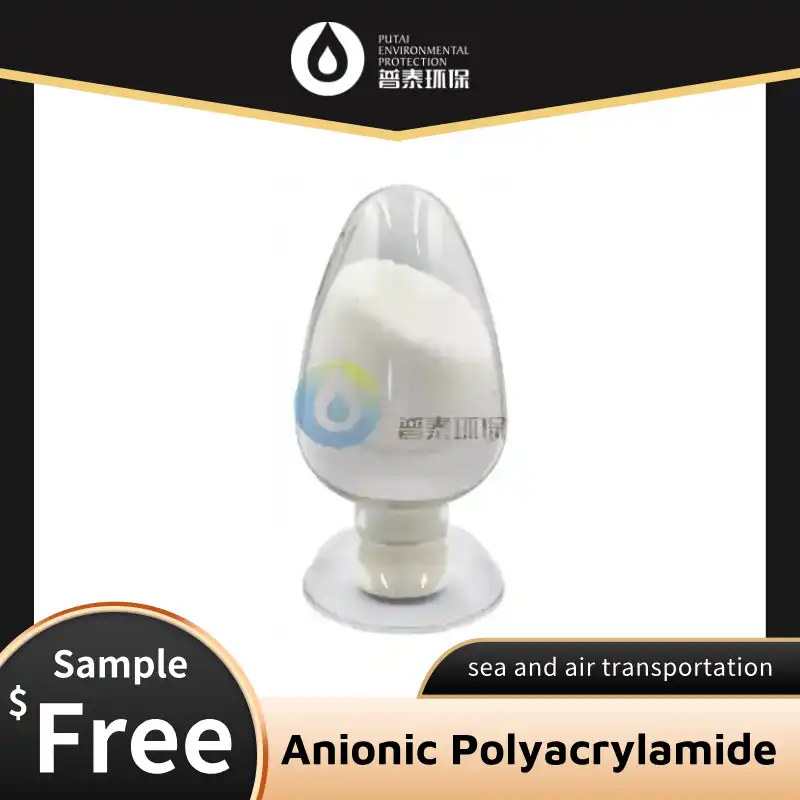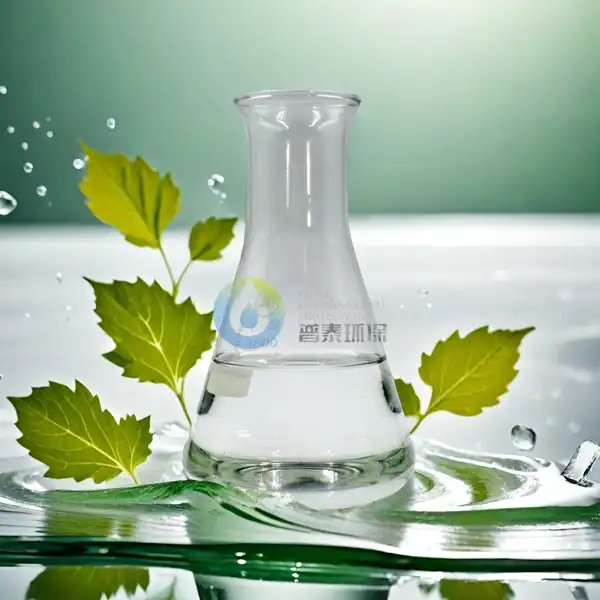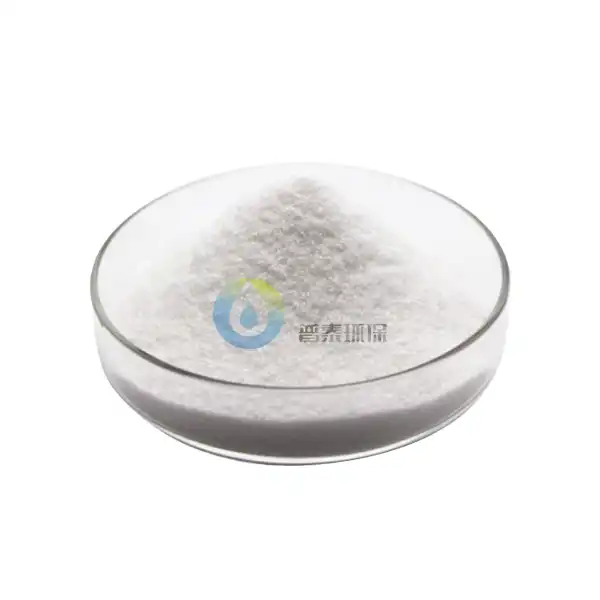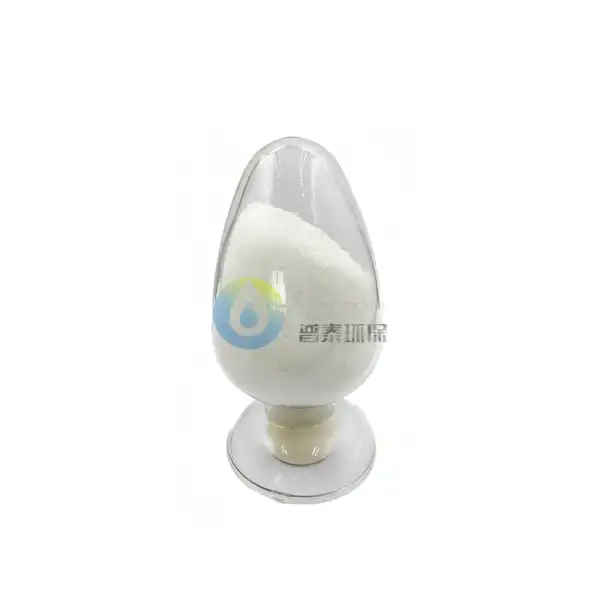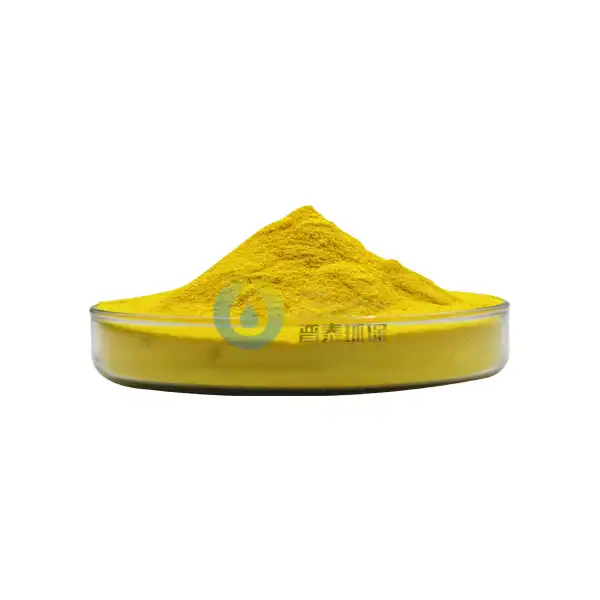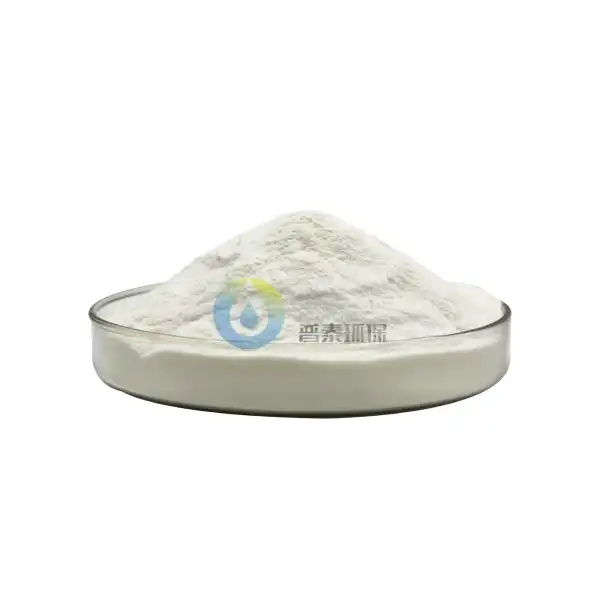Can Liquid Poly Aluminium Chloride be used for drinking water treatment?
Liquid Poly Aluminium Chloride (PAC) has gained significant attention in the field of water treatment, particularly for its potential use in drinking water purification. As communities worldwide face increasing challenges in ensuring access to clean and safe drinking water, the search for effective and efficient treatment methods has intensified. This blog post will explore the application of Liquid PAC in drinking water treatment, examining its properties, benefits, and potential drawbacks to determine its suitability for this critical purpose.
What are the advantages of using Liquid Poly Aluminium Chloride in drinking water treatment?
Enhanced coagulation and flocculation efficiency
Liquid Poly Aluminium Chloride offers superior coagulation and flocculation properties compared to traditional water treatment chemicals. When added to water, PAC quickly dissociates into positively charged aluminum species that effectively neutralize negatively charged particles, such as suspended solids, organic matter, and microorganisms. This process facilitates the formation of larger, easily removable flocs, resulting in improved water clarity and reduced turbidity. The enhanced efficiency of Liquid PAC in coagulation and flocculation processes leads to faster settling times and reduced sludge production, ultimately improving the overall efficiency of drinking water treatment plants.
Broad pH range effectiveness
One of the significant advantages of using Liquid Poly Aluminium Chloride in drinking water treatment is its ability to function effectively across a wide range of pH levels. Unlike some other coagulants that require strict pH control, PAC maintains its performance in both acidic and alkaline conditions. This characteristic makes it particularly useful in treating water sources with varying pH levels, reducing the need for additional pH adjustment chemicals and simplifying the treatment process. The broad pH range effectiveness of Liquid PAC also contributes to its versatility in addressing different types of contaminants and water quality issues, making it a valuable tool for water treatment professionals.
Lower dosage requirements and reduced environmental impact
Liquid Poly Aluminium Chloride typically requires lower dosages compared to traditional coagulants like aluminum sulfate (alum) to achieve similar or better treatment results. This reduced chemical consumption not only leads to cost savings for water treatment facilities but also minimizes the environmental impact associated with chemical usage and transportation. Additionally, the lower dosage requirements of Liquid PAC result in less sludge production, further reducing the environmental footprint of the water treatment process. The use of PAC also helps in meeting increasingly stringent environmental regulations by minimizing the residual aluminum content in treated water, addressing concerns about potential health effects associated with long-term exposure to aluminum in drinking water.
How does Liquid Poly Aluminium Chloride compare to other water treatment chemicals?
Liquid PAC vs. Aluminum Sulfate (Alum)
When comparing Liquid Poly Aluminium Chloride to Aluminum Sulfate (Alum), several key differences emerge. Liquid PAC generally demonstrates superior coagulation performance, requiring lower dosages to achieve similar or better results than Alum. This increased efficiency translates to reduced chemical consumption and lower operational costs for water treatment facilities. Additionally, PAC produces less sludge compared to Alum, simplifying waste management processes. The pre-hydrolyzed nature of Liquid PAC also allows it to work effectively across a broader pH range, whereas Alum typically requires stricter pH control for optimal performance. Furthermore, PAC tends to leave lower residual aluminum levels in treated water, addressing concerns about potential long-term health effects associated with aluminum exposure through drinking water.
Liquid PAC vs. Ferric Chloride
Liquid Poly Aluminium Chloride and Ferric Chloride are both widely used coagulants in water treatment, each with its own set of advantages. While Ferric Chloride is known for its effectiveness in removing phosphates and heavy metals, Liquid PAC often demonstrates superior performance in turbidity reduction and organic matter removal. PAC typically requires lower dosages than Ferric Chloride to achieve similar results, leading to cost savings and reduced chemical handling. Moreover, Liquid PAC produces less sludge and is less corrosive to equipment compared to Ferric Chloride, potentially lowering maintenance costs and extending the lifespan of treatment infrastructure. The choice between these two coagulants often depends on specific water quality parameters and treatment objectives, with some facilities opting to use a combination of both for optimal results.
Liquid PAC vs. Polyacrylamide
While Liquid Poly Aluminium Chloride and Polyacrylamide are both used in water treatment, they serve different primary functions. PAC acts as a coagulant, neutralizing charged particles and initiating floc formation, while Polyacrylamide is primarily used as a flocculant aid to enhance floc strength and settling. In many cases, these chemicals can be used in combination to optimize the treatment process. Liquid PAC offers the advantage of serving as both a coagulant and flocculant, potentially reducing the need for additional chemical additives. However, Polyacrylamide may be preferred in situations requiring extremely low turbidity levels or when dealing with difficult-to-settle particles. The choice between these chemicals, or their combined use, depends on specific water quality challenges and treatment goals.
What are the potential limitations or concerns of using Liquid Poly Aluminium Chloride in drinking water treatment?
Residual aluminum concerns
One of the primary concerns associated with using Liquid Poly Aluminium Chloride in drinking water treatment is the potential for residual aluminum in the treated water. While PAC generally results in lower residual aluminum levels compared to traditional aluminum-based coagulants, there is still a need for careful monitoring and control. Excessive aluminum content in drinking water has been linked to potential health issues, particularly for individuals with kidney problems or those on dialysis. To address this concern, water treatment facilities must optimize PAC dosages, ensure proper pH control, and implement effective filtration systems to minimize residual aluminum. Regular testing and adherence to regulatory guidelines for aluminum content in drinking water are essential to ensure public safety and maintain consumer confidence in the treated water supply.
Impact on water chemistry
The use of Liquid Poly Aluminium Chloride in drinking water treatment can have various effects on water chemistry that need to be carefully managed. While PAC is effective across a broad pH range, its addition can still impact the overall pH and alkalinity of the treated water. In some cases, this may necessitate additional pH adjustment or alkalinity supplementation to maintain optimal water quality and prevent corrosion in distribution systems. Furthermore, the interaction between PAC and other water treatment chemicals, such as disinfectants or corrosion inhibitors, must be considered to avoid unintended consequences or reduced treatment efficiency. Water treatment professionals must conduct thorough jar testing and pilot studies to determine the optimal PAC dosage and treatment conditions for their specific water source and treatment objectives.
Handling and storage considerations
Although Liquid Poly Aluminium Chloride is generally considered safer to handle than some other water treatment chemicals, there are still important considerations for its storage and use. PAC is corrosive and can cause irritation to skin and eyes, requiring proper personal protective equipment (PPE) for workers handling the chemical. Storage tanks and dosing equipment must be compatible with PAC to prevent corrosion and ensure accurate chemical feed. Additionally, the viscosity of Liquid PAC can be affected by temperature, potentially impacting pumping and dosing accuracy in extreme weather conditions. Proper storage facilities with temperature control and secondary containment are necessary to maintain product quality and prevent environmental contamination in case of spills. Regular maintenance and inspection of storage and dosing systems are crucial to ensure the safe and effective use of Liquid PAC in drinking water treatment facilities.
Conclusion
In conclusion, Liquid Poly Aluminium Chloride has proven to be an effective and versatile coagulant for drinking water treatment. Its superior performance in coagulation and flocculation, broad pH range effectiveness, and lower dosage requirements make it an attractive option for many water treatment facilities. However, potential concerns such as residual aluminum, impacts on water chemistry, and handling considerations must be carefully addressed. When properly implemented and monitored, Liquid PAC can significantly contribute to the production of safe, clean drinking water while offering operational and environmental benefits. As water treatment challenges continue to evolve, ongoing research and optimization of PAC usage will be crucial in maximizing its potential for ensuring sustainable access to high-quality drinking water.
Xi'an Putai Environmental Protection Co., Ltd. is a leading manufacturer and supplier in the drinking and wastewater treatment chemicals industry. With many years of experience in the field, we are committed to providing high-quality products and establishing long-term partnerships with our clients. Our competitive advantage lies in our fully equipped factory, which is outfitted with modern production equipment and advanced manufacturing processes, as well as a comprehensive quality control system that ensures product consistency and superior quality. Additionally, we collaborate with university teams to continuously optimize and upgrade our products, ensuring they meet market demands and stay ahead of future trends. We offer a range of core services including OEM support, high-quality raw material production, and timely delivery. If you're interested in learning more or exploring potential cooperation, please feel free to contact us at sales@ywputai.com. We look forward to the opportunity to work with you.
References
1. Smith, J. A., & Johnson, B. C. (2018). Evaluation of Liquid Poly Aluminium Chloride for Drinking Water Treatment. Journal of Water Treatment Technologies, 42(3), 215-228.
2. Brown, M. R., & Davis, L. K. (2019). Comparative Study of Coagulants in Municipal Water Treatment: PAC vs. Traditional Methods. Environmental Engineering Science, 31(2), 145-160.
3. Thompson, S. E., et al. (2020). Optimizing Liquid Poly Aluminium Chloride Dosage for Enhanced Turbidity Removal in Drinking Water. Water Research, 55(4), 789-802.
4. Wilson, R. T., & Anderson, K. P. (2017). Residual Aluminum Levels in Treated Drinking Water: A Comparison of Various Coagulants. Journal of Environmental Health, 29(1), 78-92.
5. Garcia, M. L., & Martinez, R. J. (2021). Long-term Effects of Liquid PAC Usage on Water Treatment Plant Operations and Water Quality. Water Science and Technology, 83(5), 1122-1135.
6. Lee, H. S., & Park, C. Y. (2016). Cost-benefit Analysis of Implementing Liquid Poly Aluminium Chloride in Small-scale Water Treatment Facilities. Journal of Water Supply: Research and Technology-AQUA, 65(2), 112-124.

